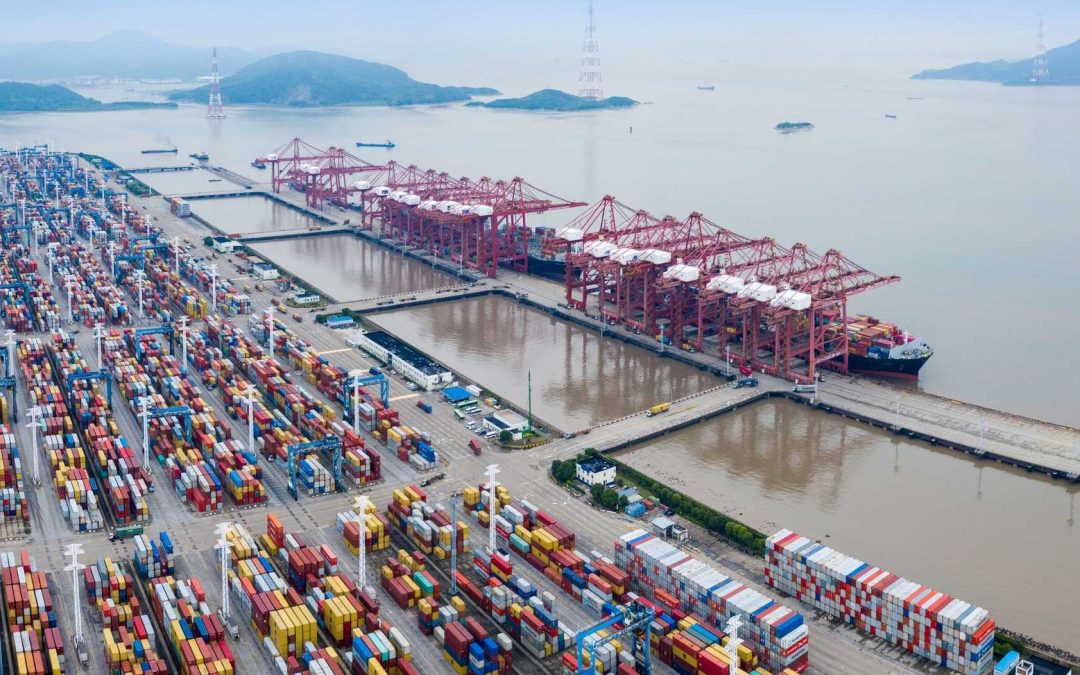Dirty and clean tanker freight rates are expected to be firm in the October-December quarter amid higher seasonal demand, alternative sourcing from countries other than Russia, and some of the key refineries returning from maintenance, market participants said.
Despite China’s weak energy outlook — where crude demand has declined on the year for the first time in two decades, amid rampant city specific coronavirus-induced lockdowns — the overall global macro maritime freight outlook is positive for the short term, they said.
The disruption caused by the Russia-Ukraine war has manifested itself in oil travelling longer distances, keeping ships employed for an extended period and tightening their availability in what is called higher ton-mile demand.
Freight market view is bullish for this quarter because disruption to global oil trade due to the war has been massive, and strongly positive for tankers, said Ole-Rikard Hammer, Oslo-based senior analyst for oil and tankers with Arctic Securities.
The OPEC+ alliance has decided to cut oil production by members from next month by 2 million b/d but analysts consider its impact to be limited in the near term, as some of these countries are unable to meet their quota targets and also high gas prices are resulting in a switchover to oil.
London-based Maritime Strategies International, or MSI, has forecast daily average spot VLCC earnings during the current quarter at $56,400, taking into account voyages to China from the US and the Persian Gulf, compared with a daily loss of $10,000 in the second quarter. It has forecast that the estimated second quarter LR2 earnings of $36,200/day on the Persian Gulf-Japan route may be higher at $40,100 in Q4.
Probably as much as a million barrels of Russian oil is moving long-haul to Asia every day, instead of short haul trips to Europe, Hammer said.
Crude, which used to undertake a week’s voyage to Europe from Russia’s Baltic ports, now travels almost six weeks to India’s west coast, added Viktor Katona, Vienna-based head of crude oil analysis at analytics firm Kpler.
Despite worries over a potential global economic recession, International Energy Agency, or IEA, has forecast that global oil demand will rise by 2 million b/d this year and 2.1 million b/d in the next. Analysts said that this will translate into strong demand for tankers moving oil from the US, West Africa and the Persian Gulf to India.
Extremely high natural gas prices in Europe are incentivizing a switchover to oil instead, said Hammer.
IEA says that the slowdown in oil demand growth has been partly offset by large-scale switching from gas to oil, estimated to average 700,000 b/d during this and current quarter, double the level of a year ago.
Demand for longer voyages is increasing at a time when fewer new ships are being ordered due to the conundrum over decarbonization. A new set of rules to reduce global maritime carbon emissions are set to be implemented from next year.
A lot is happening in the shipping infrastructure, emissions, new building technology, so shipowners are wary of ordering new ships at this stage when it is not clear what will be the fuels in use in 2025, said Eva Birgitte Bisgaard, CCO at Maersk Tankers. Supply of tankers is tight as not many new deliveries are expected until 2025, she added.
Ships moving Russian oil
A ‘shadow fleet’ of ships are moving Russian cargoes and has reduced supply of those which are not doing so. Many global trading companies now prefer to use ships which do not have any voyage history to Russia since March this year, so that they are not penalized under the sanctions regime.
Bisgaard and senior executives of several tanker companies pointed out that extra ton-miles will happen for the white fleet, which is not moving Russian oil and their supply will tighten.
Some chartering executives point out that the world is gradually moving into a two-tier tankers market of shadow and white fleet where freight may be higher than current levels for both in the coming months.
While Russia continues to export its oil, European refiners are booking replacement cargoes from the US and the Middle East, said Arctic’s Hammer. The proposed price cap mechanism on Russian oil from December could significantly disrupt the tanker trades by banning services such as insurance, on any ships lifting these cargoes.
The rise in US crude exports to an all-time high is being cited by traders and analysts as a manifestation of this two tier, higher freight economy.
Chinese demand
Freight for clean and dirty tankers would have been higher in recent and upcoming quarters but for the sluggish participation from one of the key players, China.
For now, a deteriorating economic environment and recurring coronavirus-induced lockdowns in China continue to weigh on market sentiment, IEA said in its latest report.
China has announced a large 15 million mt additional export quota for oil products amid weak local demand, which is supportive for freight of clean tankers, but a large part of it may go unutilized due to both limited domestic production and needs of importers, and also competition from other exporters such as India and the Middle East, shipping executives said.
The latest cut in OPEC+ production is also a potential negative though it may not take place for an extended period, said Hammer.
Oil supply constraints and likely price rises over winter suggest VLCC earnings gains could slow down over the next six months, according to Tim Smith, MSI’s London-based director.
Source: Hellenic Shipping News





